Although this dwarf among the thorny catfishes – it only grows to about 3 cm in length – was scientifically described as early as 1872, it was completely unknown to aquarists until a few years ago. This is a pity, because they are droll, very interesting small catfishes, which are also suitable for small and smallest aquariums. Our specimens originate from Peru.
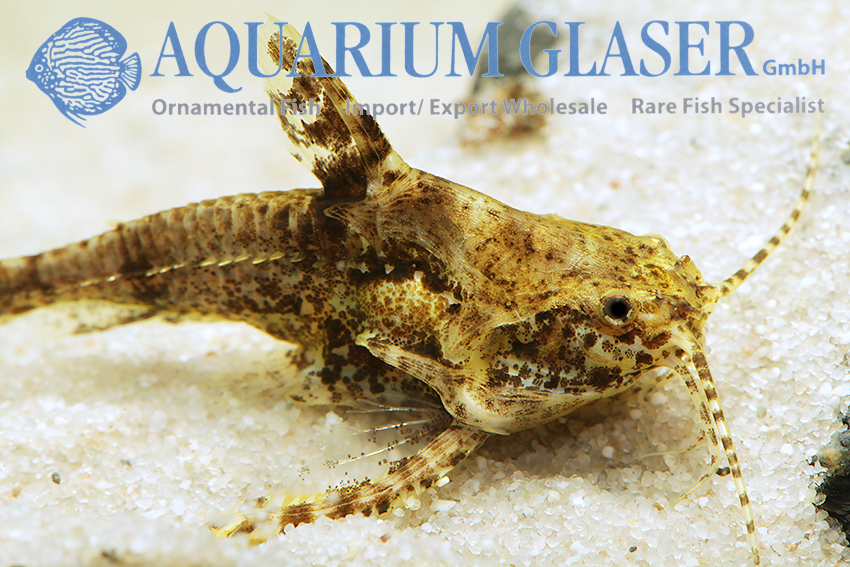
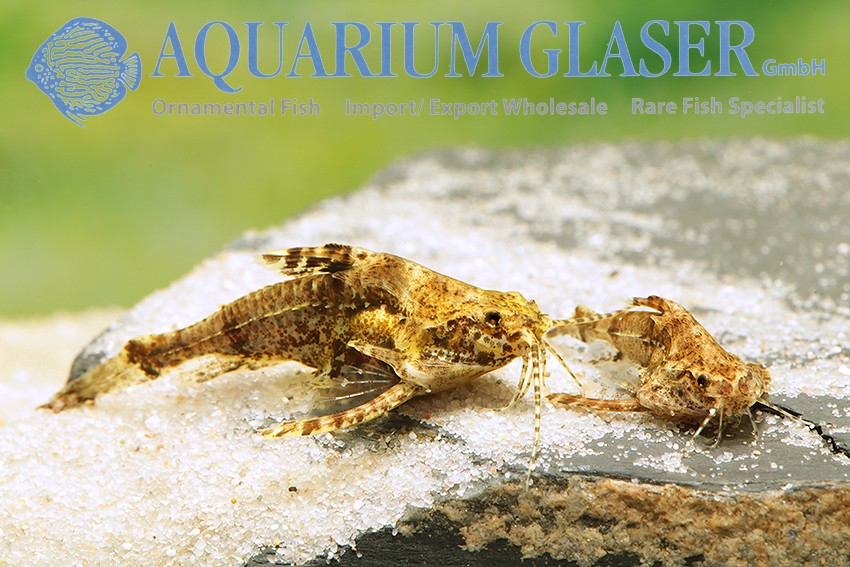
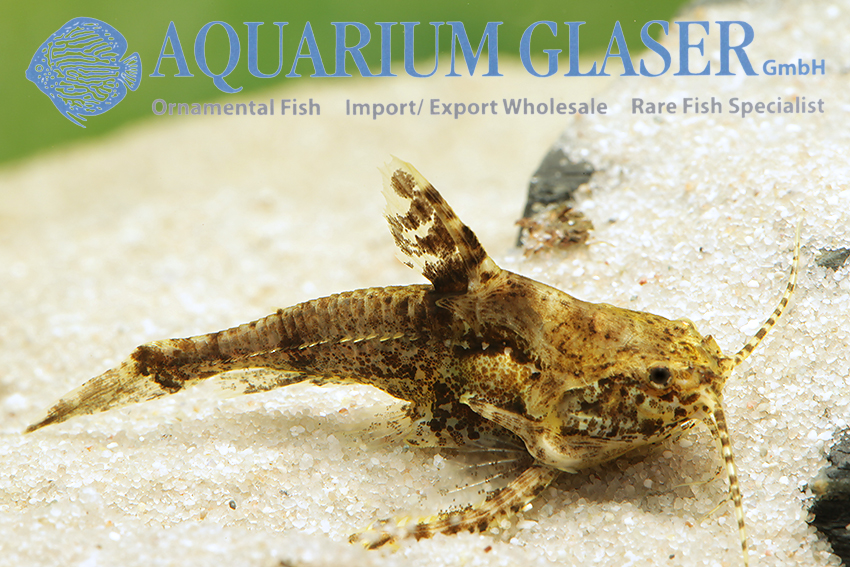
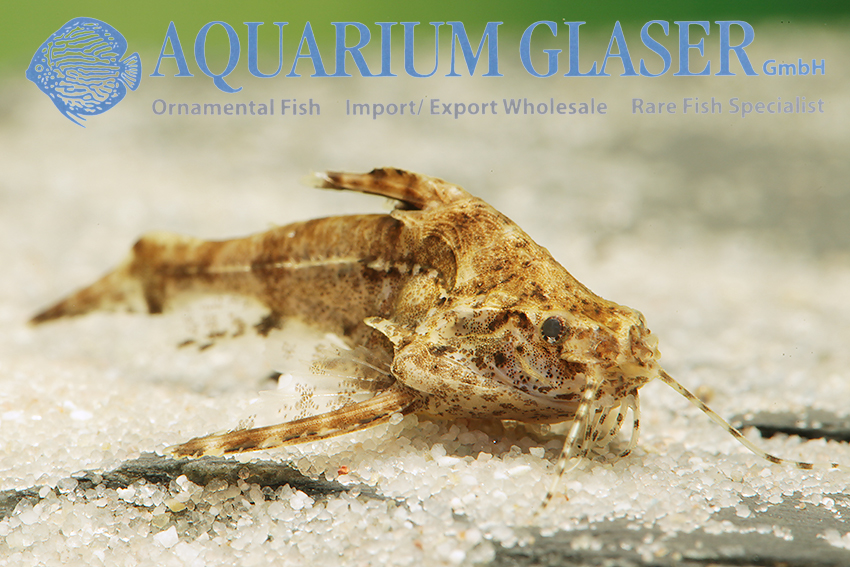
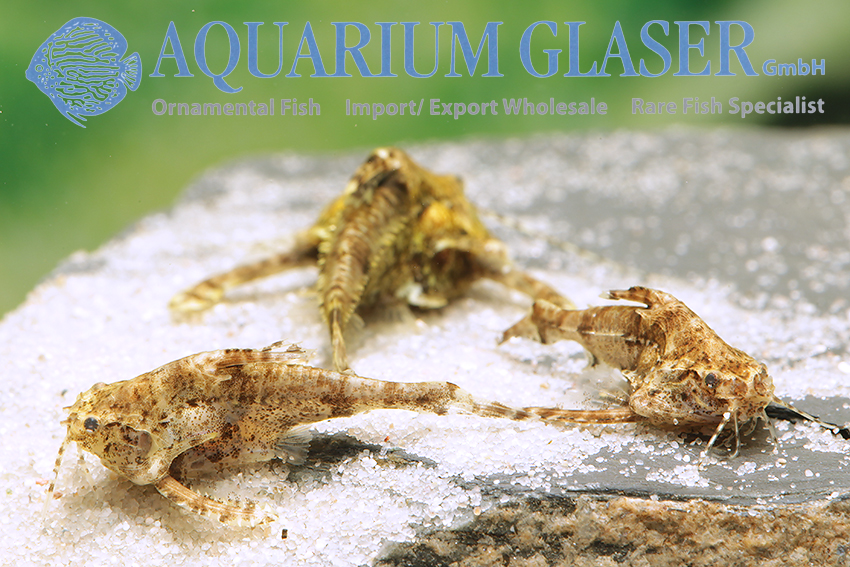
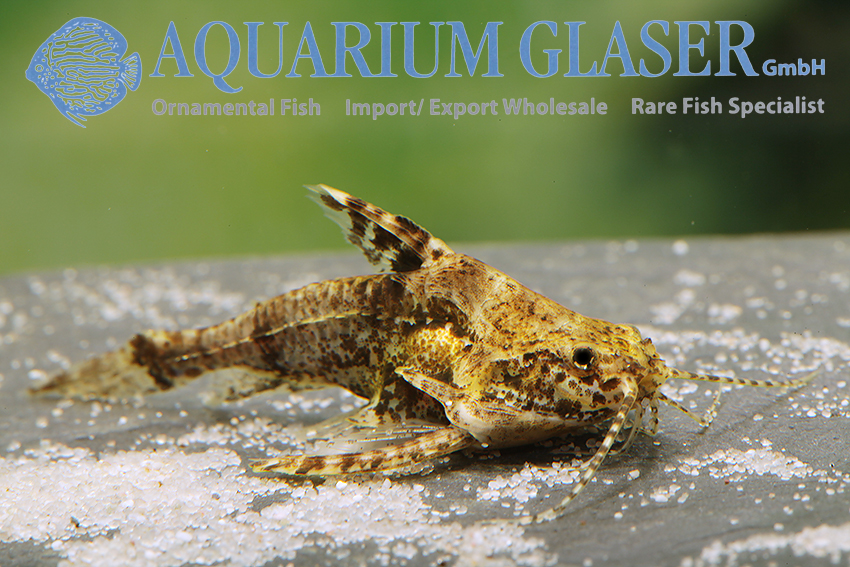
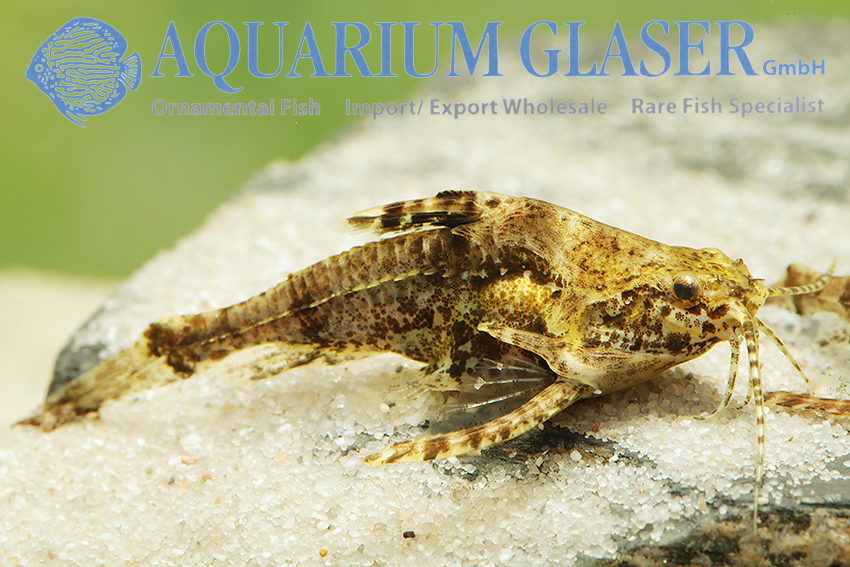
Like many other thorny catfishes, this species is able to make noise. When you catch them with the net, they prostate loudly and audibly against it. This sounds like a creak. However, you have to be very careful when catching them, with their sharp and numerous thorns, the small catfish get entangeled very easily in the net and are then difficult to get out again unharmed. It is better to catch them with a large (very fine mesh) net, but do not lift them out of the water, but scoop them out of the net with a small cup or the like. This way you can safely transfer them.
Every usual ornamental fish food is eaten. The small “Robocop catfish” – as the exporters call them – are by no means sensitive, but since they rarely move, one often notices too late when they are not well. It is therefore advisable to keep a few small and harmless by-fish with the Physopyxis, e.g. tetras, which serve as bio-indicators if something should be wrong with the water.
For our customers: the fish have code 278602 on our stocklist. Please note that we only supply wholesale.
Text & photos: Frank Schäfer




